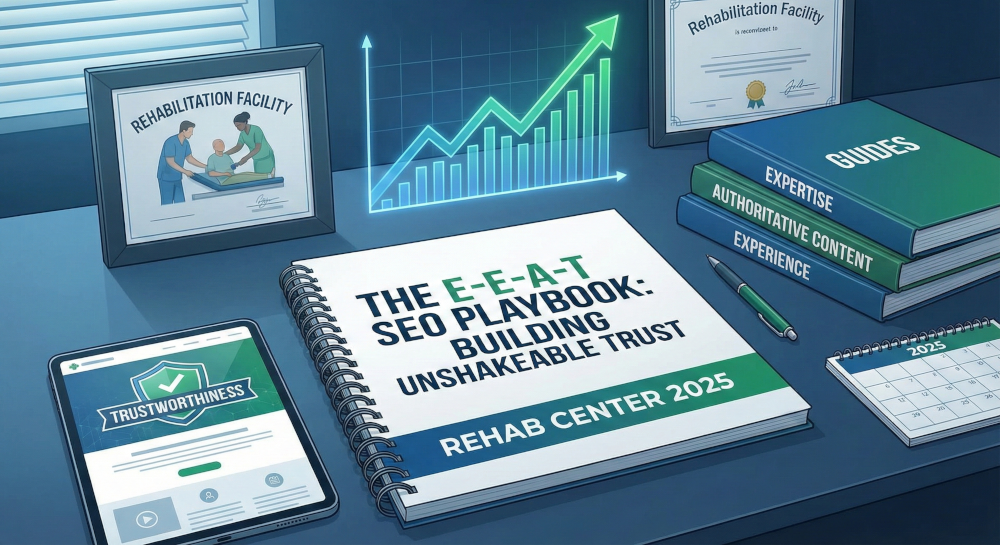Credit: EduBirdie
Content marketing is an ever-changing sector of the marketing industry. As the type of content and the way we consume content changes, marketers have to change the type of content they provide to keep up.
Newer social media platforms like SnapChat and Instagram are an excellent example; both evolved from the desire to let users take control and create their own content. They also specifically target users on mobile devices, making it easier for them to digest content from virtually anywhere.
YouTube is another great example of how content marketing has changed over the years. What started as a strictly indie operation has blossomed into a force to be reckoned with – a place to get noticed, get rich, and get entertained.
But lately, we’re seeing evidence of the next major shift – and its video content itself that stands to change the most. Interactive video marketing is this year’s biggest buzzword in the content industry; here’s what’s you need to know.
Overview
The Definition of “Interactive”
Before we launch into an explanation of why interactive video is so compelling, and why you should be using it to engage audiences, let’s talk about what the heck it really is. Like any other evolution in content marketing, there’s as much assumption and conjecture about the definition of “interactive” as there is fact.
First, interactive is defined as prompting the user to take action. In interactive video, this usually means the user has to take an action to give input in order to move the video along or to receive the next piece of content. It is, for all intents and purposes, a form of interactive storytelling that just happens to occur within video.
Viral marketing companies have been using interactive video to captivate audiences for some time. In fact, there are examples stretching back as far as the early to mid-2000s.
Remember this Terry Crews video, where you engaged in a battle of the bands with only his muscles? Most of you will, because the video went viral and stayed fairly popular for nearly a year in 2012.
Examples of Interactive Video
Old Terry Crews videos aside, interactive video now isn’t the same as it was in 2012. New technologies and platforms are making it easier for businesses to offer and create highly interactive videos with less effort, less budget, and better results. And users, for their part, are far more likely to engage with it because they have better access to fast data, easier-to-use devices, and a better understanding of tech.
To help you better understand what interactive video looks like today, and why it’s not quite the same as the interactive video of “yesteryear,” let’s look at a few more recent examples.
At its most simple, interactive video “Choose Your Own Adventure” style videos like this. It also includes Netflix’s new and ingenious video series for kids that encourages little ones to lead themselves through classic stories, like Puss in Boots, by clicking on the screen at specific points.
It also includes interactive stories that put the user in the driver’s seat like this Warner Bros. ad. Labeled a “gamified interactive promotional experience,” for their new movie, “Focus,” it lets the user step into the role of con artist to see if they’d make a capable criminal if given the chance.
Honda’s recent interactive ad for the Civic Type R. is another great example. It paralleled two different video experiences, the first a parent picking up a child from school, and the second, an undercover cop racing down the road at night. Viewers simply had to press “R” to flip back and forth, creating a unique allegory reminding them of the new Honda’s flexibility. The campaign recently ended, so it’s no longer available, but you can see the video demo in person here.
Why Is Interactive Video so Compelling?
What all of these examples have in common is the fact that they put the user in control, creating the illusion that the viewer is fully in charge of their experience. An ad becomes much more than just an ad; it becomes an almost virtual reality, like a video game. Constantly prompting the user for input, or giving them “buttons to click” and options to flip back and forth engages more of the senses, meaning they’re more likely to remember what they see, recognize your brand, and take action.
There’s also the “cool factor:” it feels new, unique, and unlike what most other businesses are doing, especially on mobile devices. Like the latest tech toy, it’s shiny, exciting, and new – and audiences appreciate that effort to compel them, if only subconsciously.
Think about it this way: two businesses are competing for your attention. The first offers you a no-name chocolate bar wrapped in plain white paper. The second offers you a salted chocolate caramel bar wrapped in shiny gold foil with holographic glitter.
Which are you more likely to pay attention to the most?
Should You Use Interactive Video?
Now, let’s get down to what matters most: should you use interactive video, and if you do, how can you best capitalize on it in marketing campaigns?
The bad news: no, not every business should use interactive video. There are some instances where interactivity can be too complex and too technical, making it unsuitable for audiences. This is especially true for audiences who want rapid answers and older audiences who may lack the technical literacy to really understand how to use interactive videos and digest them.
Aside from that, the sky is really the limit and interactive video can really be a positive addition to your marketing campaigns if you use it right. Like any other form of content, quality matters; simply tossing together a series of clips without any thought put into it isn’t going to have the right effect for most people.
How Other Businesses Are Using Interactive Video
As for businesses who are already using interactive video, they know there are many, many fantastic applications. Most use it to:
- Tell the story of a brand
- Demo a product or service
- Let viewers customize content
- Create gamified experiences
- Train or educate the public
- Train or educate staff members
- Engage in corporate altruism
- Talk about important world issues
Last but not least: interactive video also gives businesses the power to track more data. Traditional video doesn’t really allow for robust analytics; it’s possible to record watch time, stop points, total watches, and maybe a few demographics.
Interactive video literally requires interaction; without it, viewers don’t progress. These clicks and personalized inputs create are more opportunities to collect valuable marketing demographics and responses, meaning you have more data on hand to help you better understand your audience and customize campaigns.
If we had to narrow this topic down to just a single important tip, it would be “it’s dangerous to go alone.” Don’t jump into interactive video as layperson without help; it’s a complex topic that relies on marketing psychology and advanced technologies to achieve results. Hiring the experts to help you can really be the difference between wasting money and sending your campaign viral.
2 Comments
Leave a Reply
Contact us today to get the conversation started!










good
Thanks for reading.